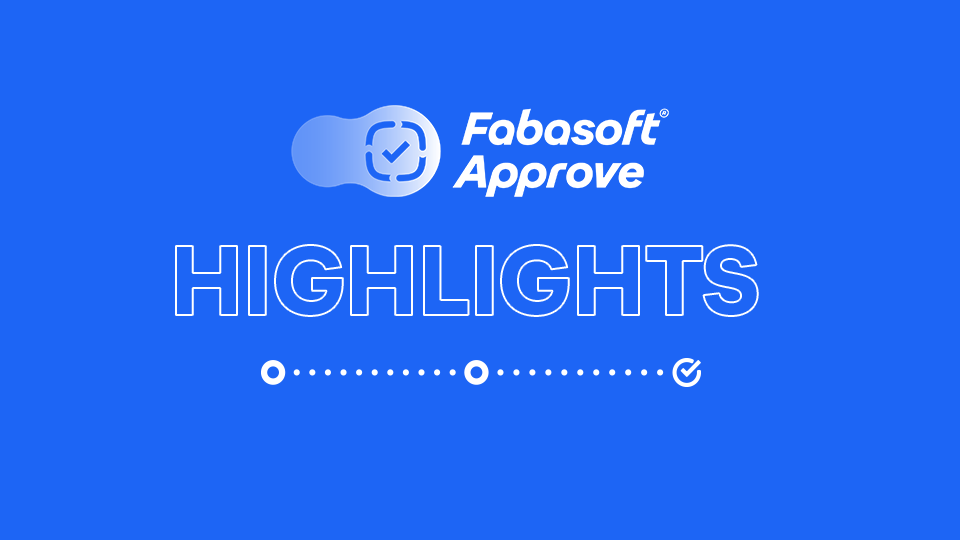The demands placed on supplier documentation, also called vendor or manufacturing documentation, are steadily increasing. Particularly in the case of large-scale projects, for instance in special purpose machinery and plant construction, creating complete documentation is a major challenge: Contractual obligations, multiple sub-suppliers, and varying legal regulations in different countries across the world have to be taken into account.
Read on to find out why complete, error-free technical documentation is the name of the game in mechanical and plant engineering and how it can be handled efficiently using process-driven cloud technology.
A product without technical documentation is not a product
The manufacturer must provide proof of the safety of its product over the entire product life cycle by means of structured, easily understandable, and comprehensive technical documentation. Depending on various product and country-specific legal requirements, internal documentation may include components such as specification sheets, technical drawings and manufacturing documents, risk analyses, EU declarations of conformity, test reports, and verification of quality assurance, while external documentation comprises operating instructions, installation, assembly and maintenance instructions, user manuals, and the like.
The legal basis of technical documentation
The European Association for Technical Communication (tekom) provides an overview of the legal and normative bases for technical documentation. The following is a list of the most important regulations:
- Regulation (EC) No 765/2008 provides the legal basis for placing products on the market in Europe and for the requirements regarding technical documentation.
- Directive 2001/95/EC on general product safety and various other regulations and directives on the safety of certain product groups define what is meant by “safe” in the EU.
- IEC/IEEE 82079-1 (harmonised EN 82079-1) is the guideline for structuring technical documentation. The standard regulates the structure, content, and layout of usage information, as well as the quality and the processes required to ensure this.
As a result of global cooperation with sub-suppliers and customers, other country-specific legal regulations may also apply. Not all regulations are legally binding. Nevertheless, compliance with the fundamental safety and security requirements is recommended as proof that these requirements have been fulfilled.
Security is the key
Generating the technical documentation is every bit as critical as producing a physical product. After all, if the manufacturer doesn’t satisfy the documentation requirements, the customer will not accept the product and the project can’t be concluded. Moreover, incomplete or inaccurate documentation may lead to intervention by the market surveillance authorities, such as a product recall or a ban on sale. Time delays create dissatisfaction among the customers and, in the event of a breach of contractual obligations, result in needless additional costs. In the event of a claim, the manufacturer is liable (product liability), including reputational damage and compensation payments.
Only very few cases revolving around this topic have made their way into the public domain: In the fourth quarter of 2019, for example, the German Bundeswehr initially suspended operation of the first of a total of eighteen Airbus NH90 Sea Lion naval helicopters on order because of irregularities in some 150 passages of the operating manual.
Efficient comprehensive documentation, digitally in the cloud
In order to maintain an overview at any given time and to comply with all legal and contractual provisions, consolidating all relevant documents from sub-suppliers and preparing the overall documentation for the customer should be executed in parallel with the production or construction of the plant. However, because of the complexity of this process and the manufacturer’s cumbersome and error-prone project coordination by e-mail or telephone, practice often deviates from theory. Digital, cloud-based solutions are the answer to this challenge. They allow all parties involved in the process to access a supplier portal, in which all documents are centrally and securely stored. Authorised users can access the current documentation whenever they want and can also see which documents are available and which have yet to be submitted. In addition, review and approval processes can be automated, further alleviating the workload for the manufacturer, the sub-suppliers, and the customer.
The advantages of secure, cloud-based supplier documentation systems such as Approve on Fabasoft PROCECO enable businesses to clearly differentiate themselves from their competitors and – most importantly – impress their end customers. Big-picture clarity, traceability, and process efficiency lead to increased satisfaction among sub-suppliers, end customers, and even among in-house staff. This elevates technical documentation to a level that not only fulfils contractual and legal requirements, but also generates significant competitive advantages and results in positive customer experiences.




